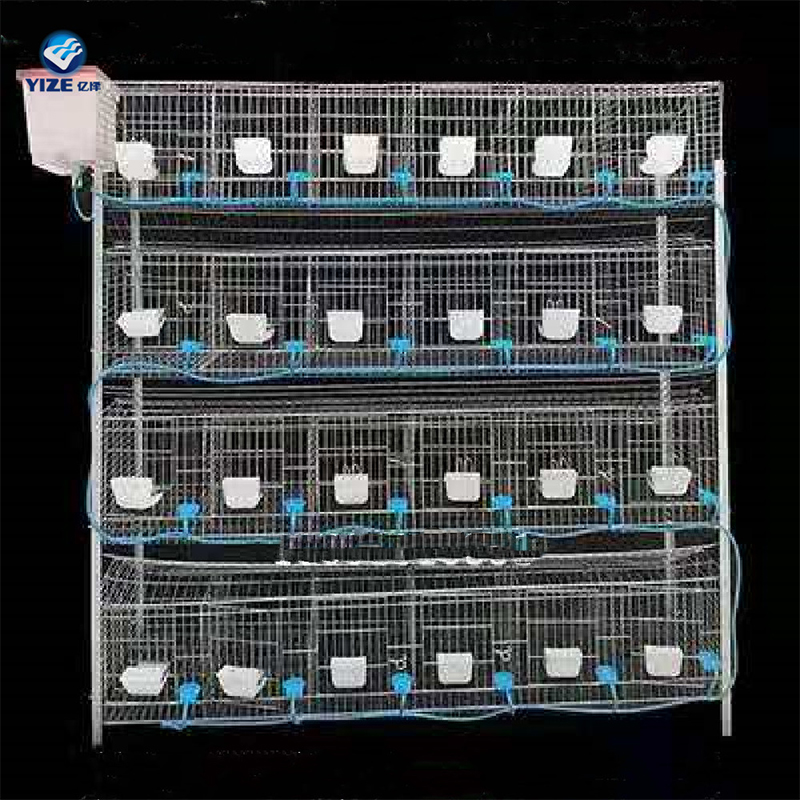Efficient Automation Solutions for Modern Meat Processing and Slaughter Line Operations
Aug . 15, 2024 06:25 Back to list
Efficient Automation Solutions for Modern Meat Processing and Slaughter Line Operations
The Evolution and Importance of Automatic Slaughter Lines in Modern Meat Processing
In the contemporary landscape of meat processing, the advent of automatic slaughter lines has revolutionized the industry. These high-tech systems have been designed to enhance efficiency, ensure animal welfare, and meet the ever-growing demand for meat products. Automatic slaughter lines integrate advanced technology, automation, and engineering to transform traditional practices into streamlined operations, promoting safety, hygiene, and productivity.
One of the primary advantages of automatic slaughter lines lies in their efficiency. Traditional slaughter methods often relied on manual labor, which could be slow, inconsistent, and labor-intensive. With the introduction of automatic systems, tasks such as stunning, hoisting, bleeding, and eviscerating can be performed rapidly and consistently. The automation of these processes not only reduces the time required to process animals but also minimizes labor costs, allowing meat production facilities to operate on a larger scale and meet the demands of a growing population.
Moreover, the implementation of automatic slaughter lines greatly enhances the safety and hygiene of meat processing. In a manual slaughter environment, there is an increased risk of contamination due to human error. Automatic systems are designed with precision and cleanliness in mind; they utilize specialized equipment that ensures consistent handling and processing of meat. For instance, automated washing systems can be integrated to sanitize equipment and surfaces, significantly reducing the risk of foodborne illnesses. This sanitization is vital for maintaining consumer health and trust in meat products.
automatic slaughter line

Animal welfare is another critical aspect of modern automated slaughter lines. These systems can be engineered to ensure that animals are treated humanely throughout the slaughter process. Automatic stunning devices are often employed to ensure that animals are rendered unconscious quickly and painlessly, minimizing stress and suffering. By prioritizing animal welfare, producers not only comply with regulations but also enhance their brand reputation and meet the ethical concerns of conscientious consumers.
Furthermore, automatic slaughter lines contribute to sustainability in the meat industry. By improving efficiency, these systems reduce waste generated during processing. Advanced technologies enable better monitoring and management of resources, ensuring that every part of the animal is utilized effectively. This reduction in waste is crucial in an era where environmental awareness is at an all-time high.
The flexibility offered by automatic slaughter lines is another significant advantage. These systems can be customized to handle different types of animals and various processing methods. As consumer preferences shift towards specific cuts of meat or processed products, the ability of automatic systems to adapt to changing markets is invaluable. This adaptability ensures that producers can respond to demand without compromising on quality or efficiency.
In conclusion, automatic slaughter lines represent a significant advancement in the meat processing industry. They enhance efficiency, improve safety and hygiene, prioritize animal welfare, promote sustainability, and offer flexibility to adapt to market changes. As technology continues to evolve, we can expect further innovations in automatic slaughter processes, ensuring that the meat industry remains a vital component of the global food supply chain. Embracing these advancements not only benefits producers but also supports the growing demand for responsibly sourced meat products. As consumers become more discerning, the integration of automatic slaughter lines will likely play an essential role in addressing their concerns and maintaining trust in the industry.
-
Advanced GPT-4-Turbo Smart Exhaust Fans | Efficient Airflow Control
NewsAug.01,2025
-
Automatic Feeding Line System - Pan Feeder Nipple Drinker | Anping Yize
NewsJul.31,2025
-
Automatic Feeding Line System Pan Feeder Nipple Drinker - Anping County Yize Metal Products Co., Ltd.
NewsJul.31,2025
-
Automatic Feeding Line System - Anping County Yize Metal Products Co., Ltd.
NewsJul.31,2025
-
Automatic Feeding Line System-Pan Feeder Nipple Drinker|Poultry Farming,PP Material
NewsJul.31,2025
-
Efficient Automatic Feeding Line with GPT-4-Turbo | Boost Productivity
NewsJul.31,2025






